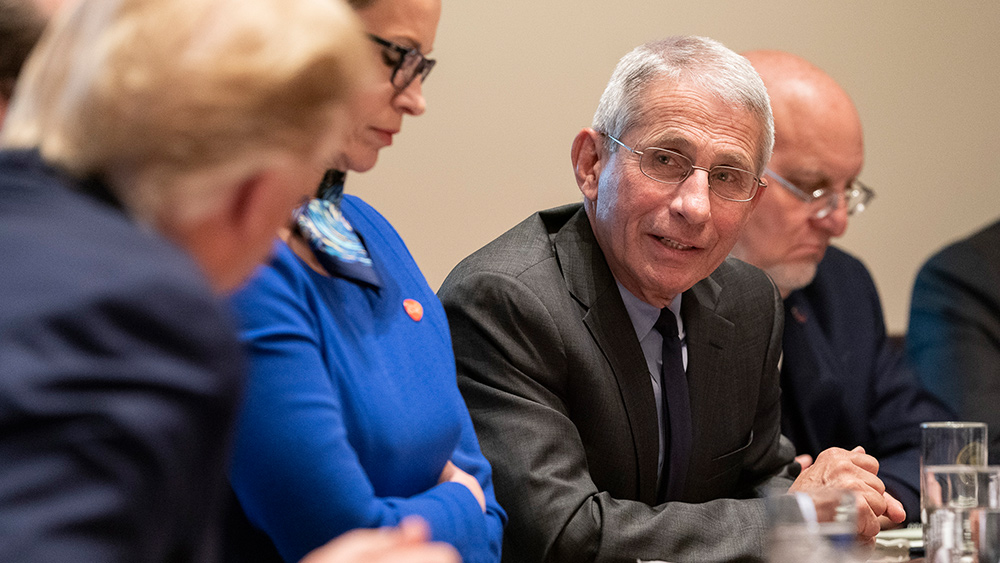 Parler
Parler Gab
Gab
For every person fired, three more quit their jobs
Businesses are also now more reluctant to fire workers as it is getting increasingly difficult to replace them. For every person who was fired or laid off in March, three more quit their jobs. Much of the concern over the U.S. labor shortage focused on entry-level positions, such as fast-food and retail jobs. White-collar workers are also quitting in increasing numbers, with 809,000 Americans working in professional and business services leaving their jobs in March, which is 28 percent more compared to the year prior. Julia Pollack, a chief economist at an online employment marketplace, said the Great Resignation has been exacerbated as employers required their workers to return to the office after they were allowed to work remotely at the height of the pandemic. A survey found that 14 percent of people who started a new position in the past six months gained the opportunity to work from home through their job move. Jerome Powell, chair of the Federal Reserve Bank, has called the job market "unsustainably hot" and a key driver behind inflation rising to a 40-year high. Despite the overheated labor market, however, the number of jobs still remains more than one million below pre-pandemic levels. Investment banking and management firm Goldman Sachs, which argued that the job-workers gap is a better measure of labor market tightness, saw the gap widen from 5.09 million to 5.6 million – accounting for an all-time high of 3.4 percent of the labor force, up 0.3 percentage points from February. Goldman Sachs said narrowing the gap halfway by 2.5 million would be enough to slow the pace of wage growth. Sophia Koropeckyj, a senior economist at Moody's Analytics in West Chester, Pennsylvania, said: "The persistent difficulty that employers have in filling positions will push wages higher and spur employers to automate operations or find other efficiencies to make do with smaller staffs." "These challenges will only grow as more baby boomers leave the labor force. Companies will open operations in parts of the country with more available workers or at least will rely more on remote workers who reside in areas with better demographics," she went on. Follow Collapse.news for more stories about the dwindling labor force and how this could affect the U.S. economy. Watch the video below for more information about possible job openings that don't require the inoculation of dangerous mRNA COVID-19 vaccines. This video is from the Thrivetime Show channel on Brighteon.com.More related stories:
"Crippling workforce shortage" undermines ability of ambulance crews to respond to emergencies.
Omicron cripples labor force of highly vaccinated New York City.
Remote workers blame inflation, rising cost of gas for need to work from home.
US inflation hits four-decade high, consumer prices increase by 8.5%. Despite wage increases, the average US worker lost money in 2021 due to soaring inflation. Sources include: RT.com Money.USNews.com Brighteon.comDeborah Birx hid covid info from Trump, altered CDC guidelines without approval
By Ethan Huff // Share
By Mary Villareal // Share
Diminished US refining capacity from facility closures contributing to soaring gas prices
By Belle Carter // Share
Port of Los Angeles director: US supply chain at risk if rail service does not improve
By Mary Villareal // Share
Governments continue to obscure COVID-19 vaccine data amid rising concerns over excess deaths
By patricklewis // Share
Tech giant Microsoft backs EXTINCTION with its support of carbon capture programs
By ramontomeydw // Share
Germany to resume arms exports to Israel despite repeated ceasefire violations
By isabelle // Share










